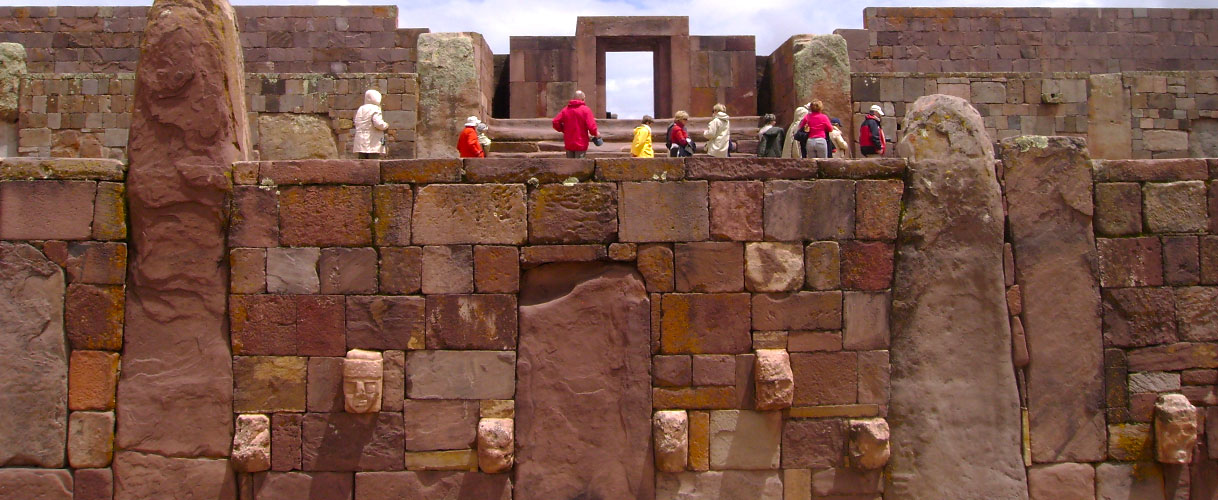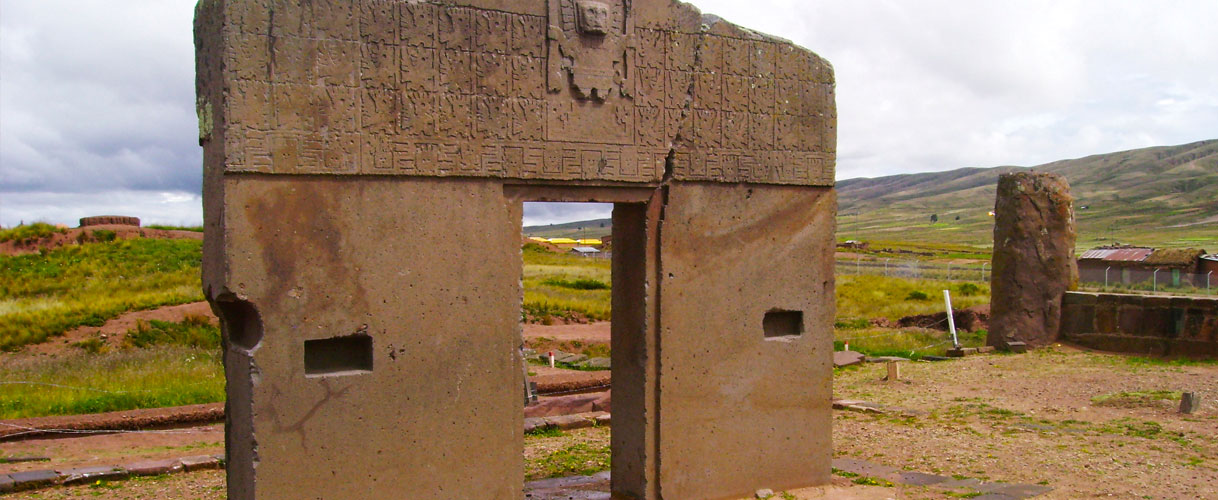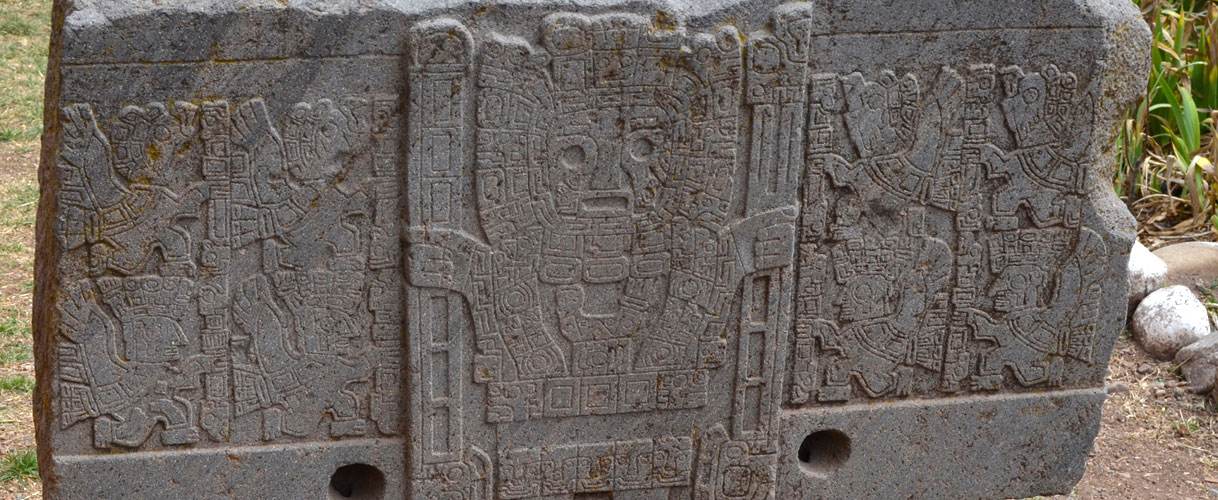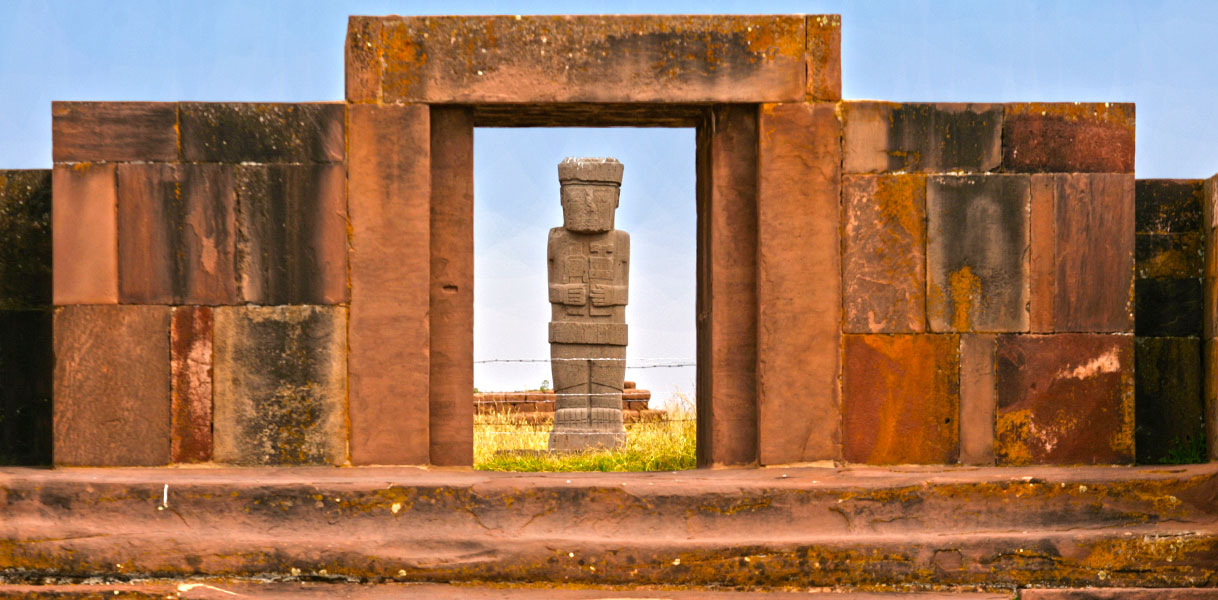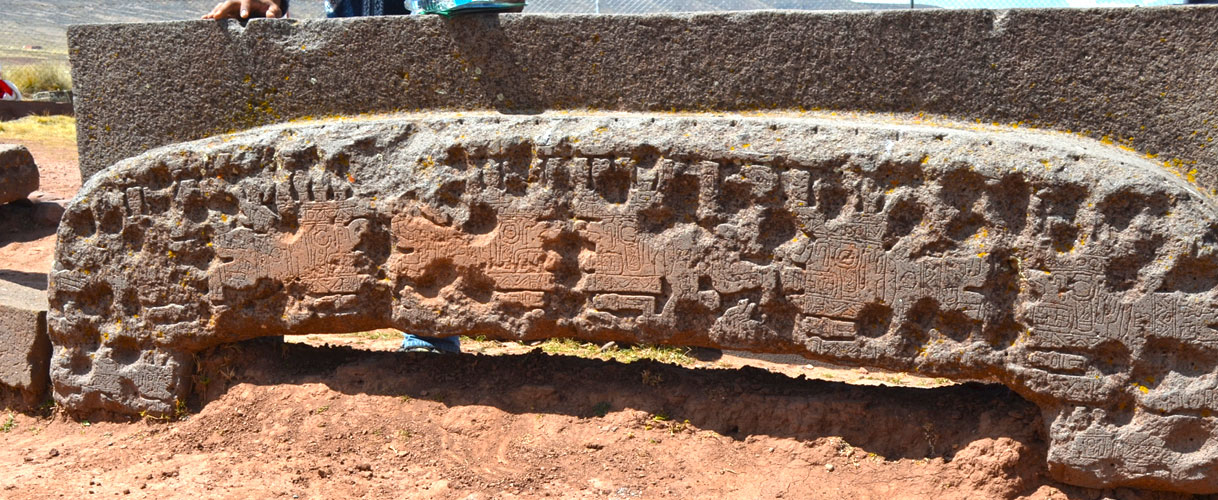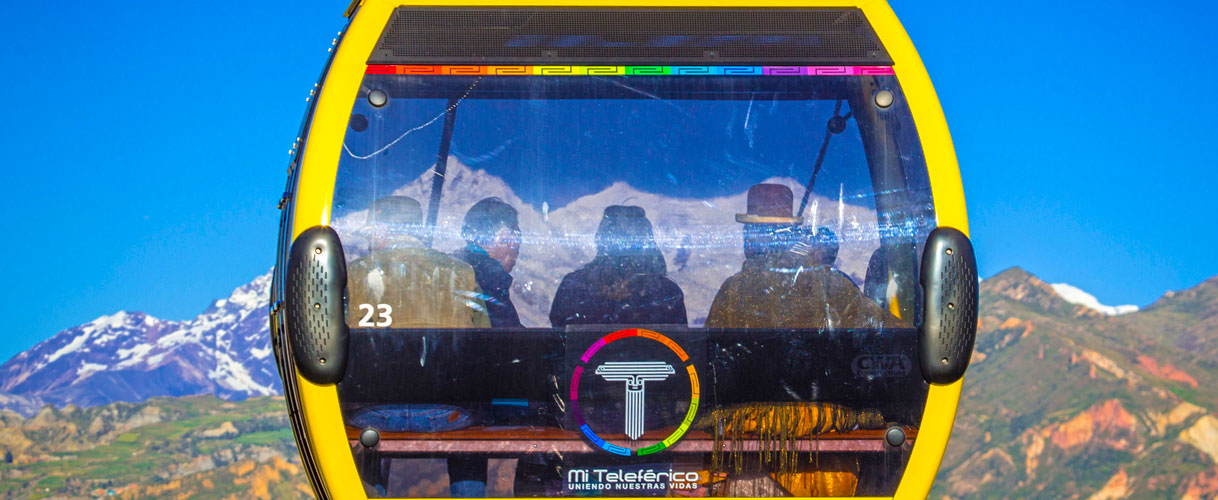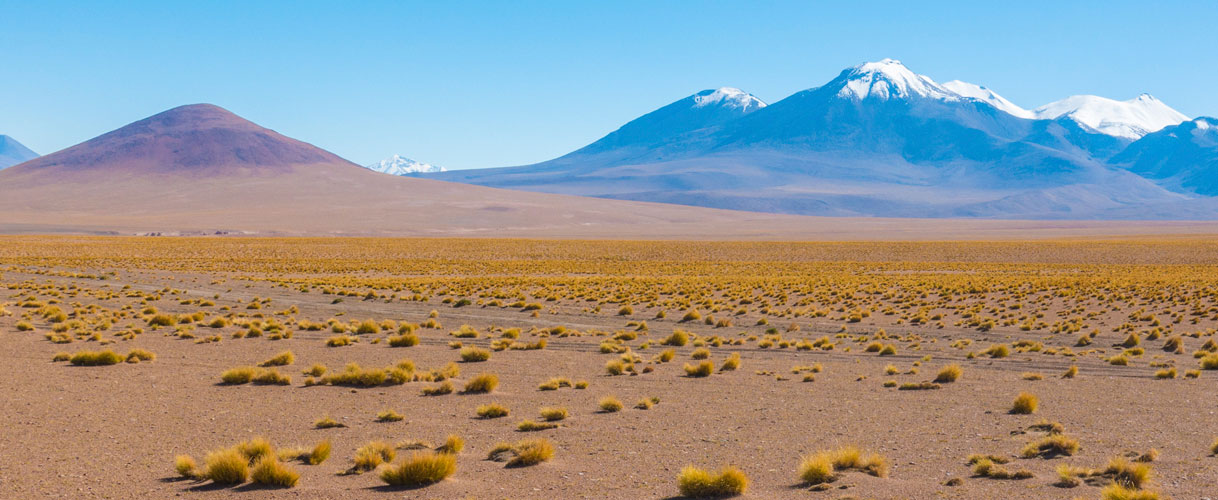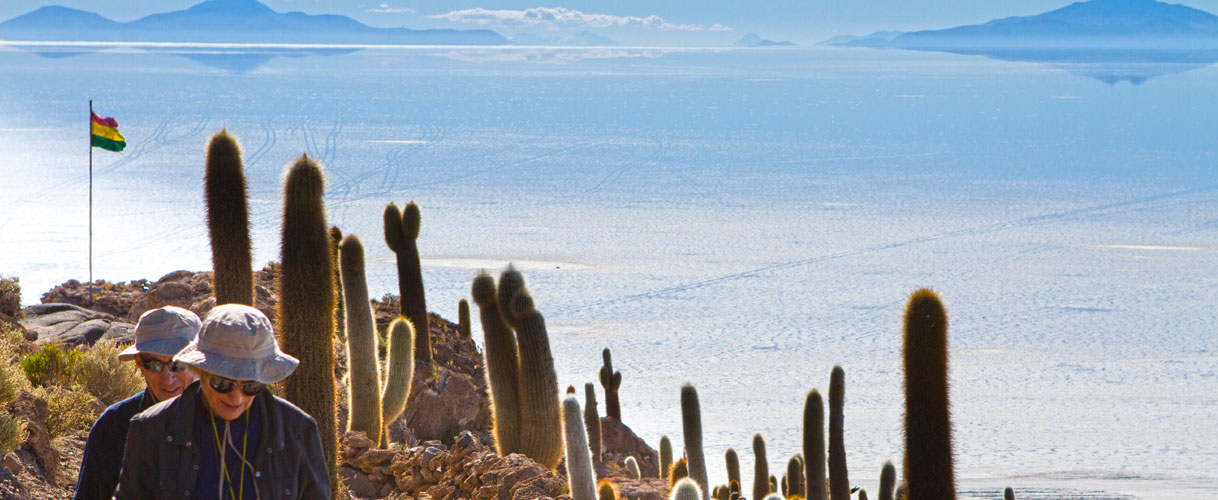Tourism in Tiwanaku (Tiahuanaco)
Travel information
Tiwanaku or Tiahuanaco is clearly one of the oldest cultures in America, the pre-colonial city of Tiwanaku was the capital and the territory comprised Tiwanaku culture of the Altiplano in Bolivia, Peru, Chile and Argentina, it was characterized by agriculture supported by a sophisticated system, a rate of balconies to produce grain at high altitude.
It is the most important archaeological site in Bolivia, it´s located at the Ingavi province, in La Paz, 70 km far from the city and 15 miles far from Lake Titicaca, at an altitude of 3,885 meters above sea level. It is assumed that Tiahuanaco Culture born between 1500 and 1400 BC, and collapsed for unknown reasons around 1100 to 1200 dc.
Tiwanaku was a crowded urban center that had a ceremonial civic center and a number of neighboring buildings covering an area of four square kilometers, it had been founded around 300 a.C. and some unfinished buildings were about 900 a.C.. It has been established the division of the Tiwanaku culture in 3 phases:
• Villager, 1500 B.C. - 45 A.C.
• Urban, 45 A.C. - 700 A.C.
• Expansive, 700 A.C. - 1200 A.C.
Among its most important architectural constructions are:
Semi-underground Temple
It is one of the best pieces of architecture of Tiwanaku; it was built two feet below the surrounding area, with a quadrangular plan surrounded by walls with 57 of red sandstone pillars. These walls are decorated with 175 stone heads whose features represent the various ethnic groups that were part of the empire.
Embedded in the floor of the temple was the greatest anthropomorphic piece, known as the Bennett Monolith or Pachamama Monolith, it´s the largest in all Tiwanaku.
Kalasasaya: Among the temples, the one with the greatest impact is Kalasasaya or "From the standing stones," it´s a structure based on five acres of sandstone columns with decorative gargoyles or droppers for draining rainwater. It is a ceremonial center built with large stones of about five feet high, measured 126 meters long and 117 meters wide.
Inside, there is a large rectangular sunken courtyard or underground temple to which one descends a carved staircase in a single rock of six steps. Entering through the temple´s main gate, there is the Ponce Monolith, which represents a priest.
Akapana Pyramid: Key landmark building and civic center of Tiwanaku, arranged in relation to the stars. The building is a pyramidal structure with seven stepped platforms; it has 18 meters high and 200 feet on each side. On its time, was once, crowned by sophisticated monuments where may had been human sacrifices. Its current state is ruined.
The Sun Gate
The most famous and important monument of Tiwanaku, located in Kalasasaya, it´s cut into a single block of andesite stone of 10 tons, has 3 feet tall and almost 4 feet wide, and it was presumably part of a larger building. In its reliefs show the worldview of the Tiwanaku Culture with the image of the sun god, in each hand holding a scepter with figures of birds and lightning, it has thirty-two figures of sun-men and sixteen eagle-men, this hieroglyph language and codices so far have not been revealed, but some scientists assume that that could be an annual calendar that marks the time of sowing and harvesting.
Puma Punku: It has a much more refined and evolved technique than the other buildings, highlighting the impeccable management of lithic material.
Location: West of Bolivia Population in the province Ingavi department of La Paz, 72 miles from La Paz (seat of government).
Elevation: 3844 masl
Average temperature: 8 º C.
